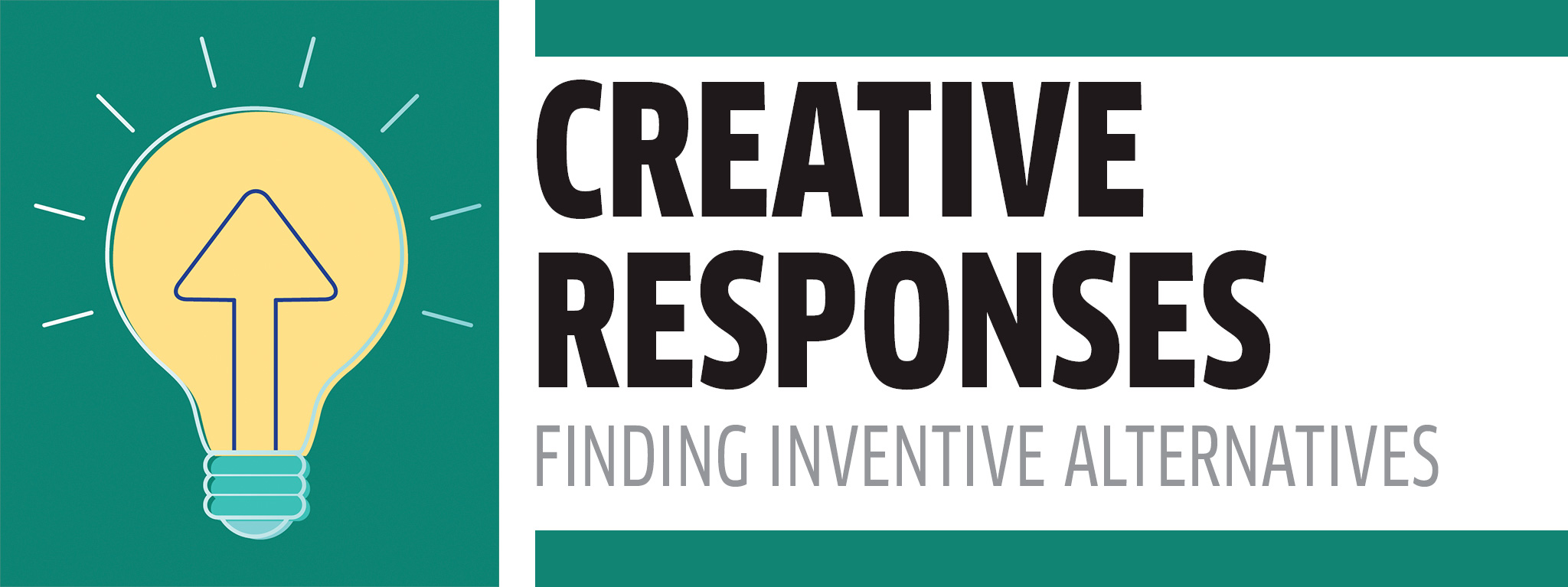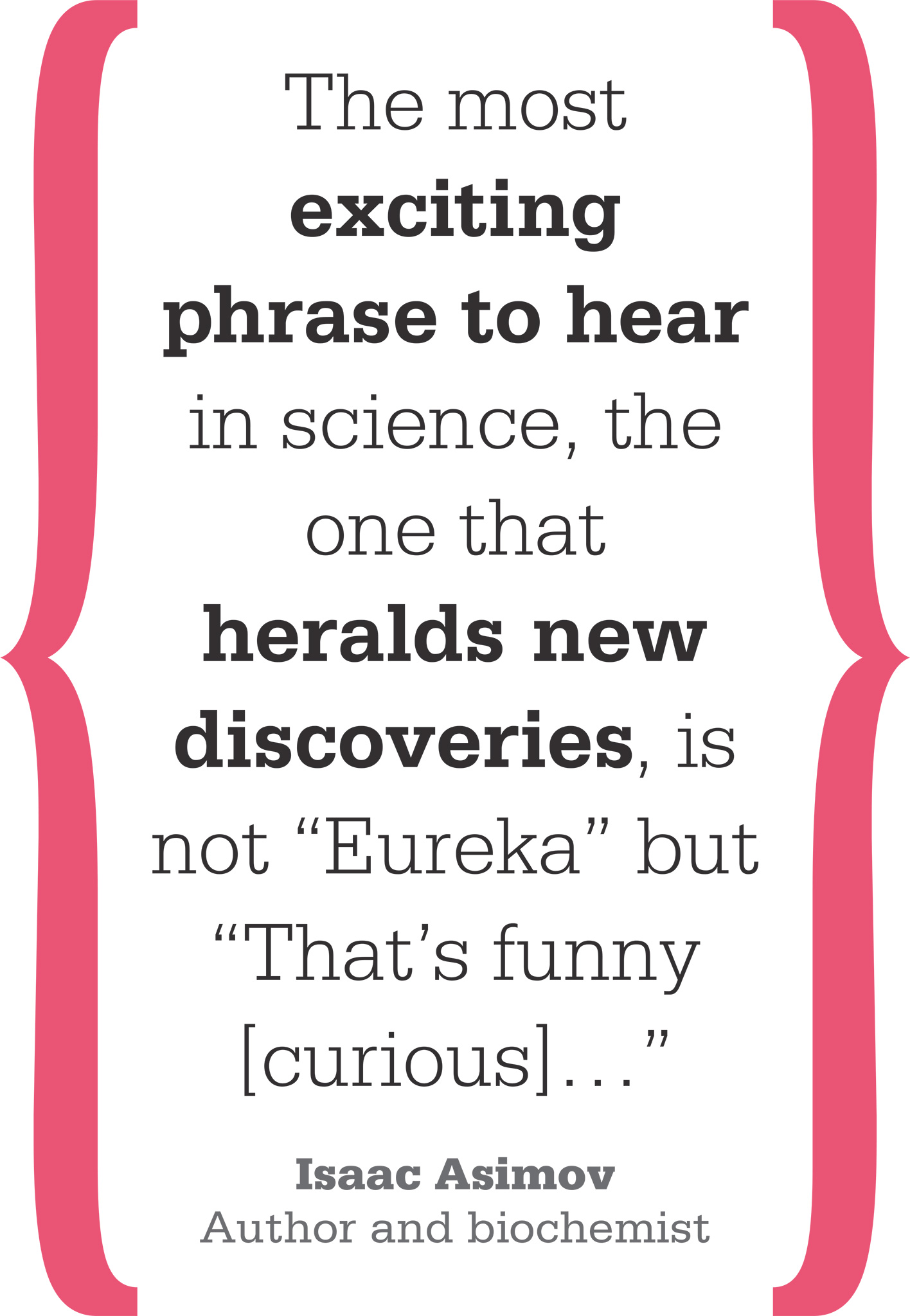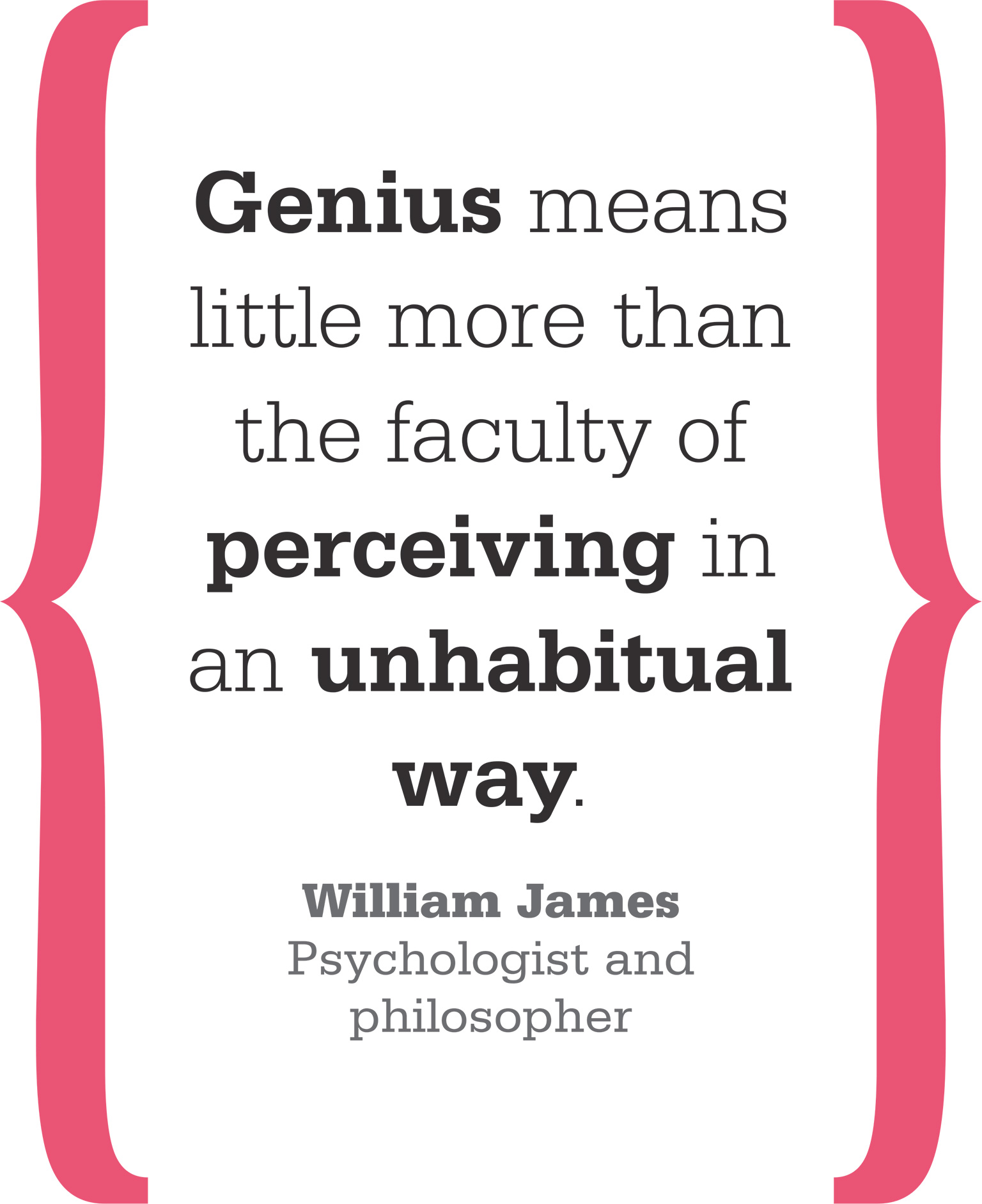
Creativity can be defined as the ability to reimagine existing elements in a new way. If you are inventive, you can solve problems in a unique way and find new channels to achieve your goals.
Are you an artist, a scientist, or a combination of the two? According to research, it doesn’t make much difference: creativity is creativity, whatever end it serves. A 2001 American study even found that the works of Albert Einstein and Pablo Picasso were based on similar elements, such as a strong sense of aesthetics and an interest in how spaces are experienced by different observers.
You may not think of yourself as a naturally creative person, but evidence suggests that how you think about the situation makes all the difference. Using this framework, think of creativity as a mental state that everyone can access. Use the seven methods below to stimulate your imagination and curiosity.
1 Identify the problem
When you’re faced with a new challenge or problem, start by spending time in mindful observation, identifying, defining, and redefining the issue. Keep your mind as open as possible: it’s easy to get used to the status quo, especially with modern life being so fast-paced and full of distractions. Instead, try to be alert to how things are and how they might be improved—and be prepared to see the big picture and consider why they are the way they are. Resist simple or familiar explanations and probe as deeply as you can to develop your understanding.
2 absorb yourself
Groundwork and immersion are crucial. Don’t become fixated on the idea of a sudden epiphany. There’s nothing uncreative about preparation: many of the best “inspirations” are actually the result of long and serious involvement in a field of work. The more you know, the better your ideas will be, so do your research and familiarize yourself with your subject.
3 practice generating ideas
Your neural networks are designed to run along familiar paths—your brain saves energy that way. We tend to have established categories and rules in our head, but these can be a barrier to innovation. We also have an awkward tendency to play it safe the more stress we’re under: research shows that volunteers pressured to be creative and given an example will, on 9 out of 10 occasions, “create” something that’s a close copy of the example. The best protection against this is practice: think of new ideas regularly in low-pressure situations where it really doesn’t matter if they’re useless. That way, you can strengthen your creative muscles in a comfortable environment, and build your confidence in the fact that you can create new options and alternatives. We’re creatures of habit, so make a habit of thinking outside the box.
4 cross-POLLINATE ideas
Combining ideas and opinions is something that comes naturally to us: you may have heard someone say that a situation or concept is like, “such-and-such meets such-and-such.” When seeking new solutions, put different concepts and solutions together and see whether they generate any chemistry. If they do, pursue this path and see where it takes you.
5 let it incubate
When you have an idea, you don’t have to leap into action and develop it right away. You might wish to seize the moment, of course, but the creative process also runs on rest periods, so letting an idea ferment for a while can often improve it. Allow your subconscious some time to enrich things.
6 evaluate and select
Being creative involves vetting your ideas. Which ideas have a good benefit-to-risk ratio? Which ones feel worth the energy it will take to carry them out? Which best reflect your values and aspirations? Good support and a chance to discuss your plans in a safe environment can be particularly useful at this point.
7 test and implement
There’s no point testing the plot of an unwritten novel or the rough sketch of a new kind of engine, because your idea has to be at least at the first draft or prototype stage before anyone can have an informed opinion about it. However, once you have something tangible to show for your work, test it as soon as you can. Every creative endeavor involves uncertainty and the chance of failure, and discovering and correcting mistakes early on is much better for your confidence than detecting a flaw when you’re a long way down the line. Try it out while it’s still not polished—it’s a good way to get around performance anxiety because at this point, no one expects perfection.

Balance your mental space
Brain scans show that there are two major neurological states associated with creativity:
1 A relaxed, quiescent state, similar to dreaming. This is when you are feeling inspired and ideas are starting to form.
2 An energetic, active state in which you elaborate on the idea you’ve “dreamed up” and put it into practice.
Studies show that highly creative people are good at switching between these two states. Forcing yourself to create is likely to deny you the calm moments when the inspiration can incubate. Don’t strain yourself: rest periods are part of the creative process.
Forget the “lone genius”
There may be times when you need periods of peace and quiet to work on your ideas, but getting others’ ideas and perspectives can accelerate the creative process in ways you never imagined. The idea of the solitary intellectual pioneer is something of a myth. Numerous studies confirm that creativity is influenced by our social and cultural context, and even some of the greatest minds in history, including Albert Einstein and Charles Darwin, were working with collaborative teams when they made their breakthroughs. History may credit the lead scientist or artist, but this isn’t to say that they weren’t part of a professional community. Contact with other minds keeps us challenged and supported, and that’s good for creativity.
 Thinking caps
Thinking caps
In the 1990s, psychologist Edward de Bono developed a game to encourage creative problem-solving. If you and your team are struggling, you might try putting on his different-colored thinking caps, with each of you taking on a prescribed role as you discuss the challenge or opportunity you’re facing. Don’t just pretend: research shows it works best if you actually wear party hats!

Stay curious
Happiness researcher Todd Kashdan defines curiosity as a willingness to seek out new experiences and to be at ease with the ambiguous and the unpredictable. Keeping an open mind means we’re always able to learn from new experiences as they come along, and tolerating uncertainty means we’re more persistent when it’s not clear how things will turn out. The Romantic poet John Keats described “what quality went to form a Man of Achievement” as “Negative Capability, that is when a man is capable of being in uncertainties, mysteries, doubts, without any irritable reaching after fact and reason.” Don’t be afraid of uncertainty: it can be the root of great work.
Be confident and persistent
The price of creativity is that sometimes things fail. According to research from the Howard Hughes Medical Institute, scientists given full creative freedom published twice as frequently in the top journals, but also twice as frequently in less well respected journals—in other words, they had as many unsuccessful ideas as successful ones. The nature of creativity is that we move away from reliable certainties and take a chance on a possible dead end. The higher your belief in your own efficacy and the more willing you are to accept that not everything has to be perfect, the more likely you are to free your mind and make a great imaginative leap.
 Superheroes
Superheroes
In 1985, consultants Steve Grossman and Katherine Catlin developed a game to stimulate creativity, called “Superheroes.” Everyone pretends to be—and might even dress up as—superheroes such as Superman and Wonder Woman. They then describe their special powers and characters, and approach the problem in those roles. The sense of empowerment and silliness can result in surprising solutions.


 In every field…
In every field…
According to a 1981 study published in the Annual Review of Psychology journal, creative people in every domain share the following personality traits, which you may wish to cultivate in yourself:

